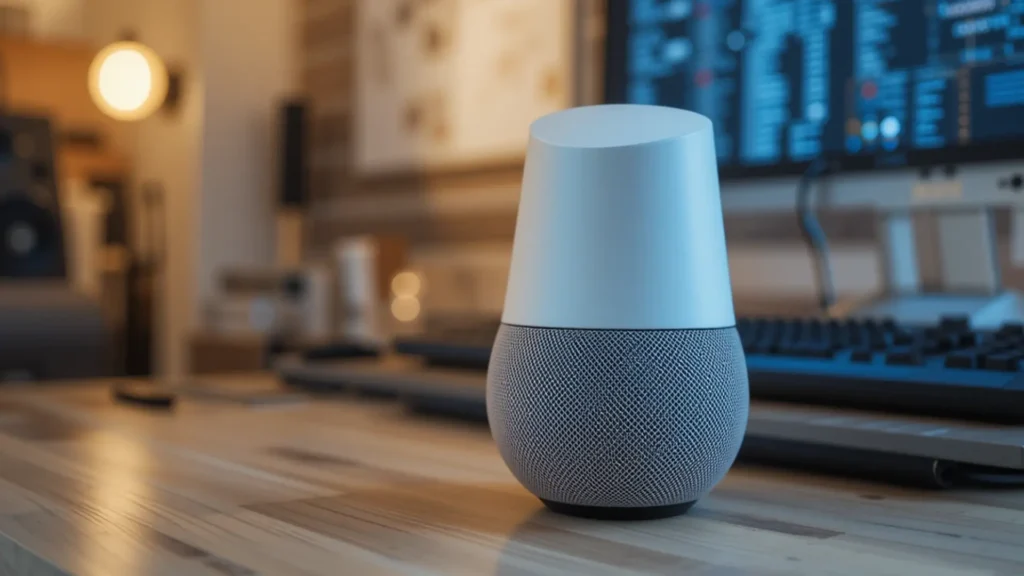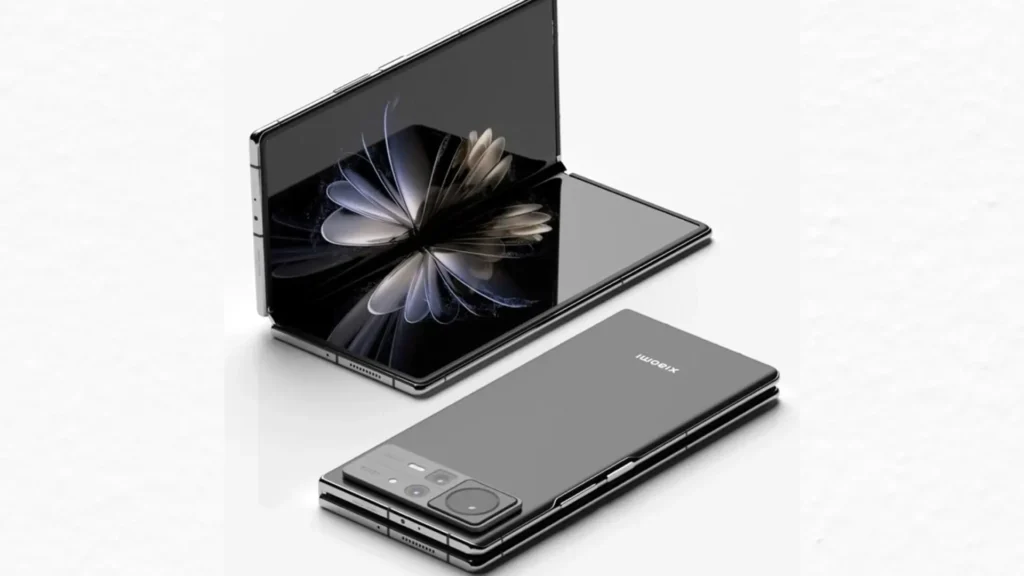Handheld gaming is making headlines again. New devices are selling out fast, from Nintendo’s Switch 2 to the Steam Deck OLED. Players are asking the big question: is this a real leap forward or just a return to the past? Let’s dig into it.
Handhelds were once the center of portable fun. Game Boy, PSP, and DS defined gaming on the go for decades. Then smartphones took over and handhelds lost ground. Now, in 2025, handhelds are back, and the market is buzzing.
The question matters because we need to know if this rise is about progress or just recycled feelings. If the tech is real, handhelds could change gaming for good. If not, nostalgia might be driving the hype. We need to sort this out before we crown handhelds the future.
A Look Back at the Classics
Nintendo set the stage for portable gaming dominance. The Game Boy launched in 1989 and sold over 100 million units worldwide. It was not the most powerful machine, but it worked anywhere and had iconic titles like Tetris and Pokémon. That simple mix of portability and fun turned handhelds into a global phenomenon.
Then came the DS, which shocked the market with dual screens and touch control. It introduced new ways to play and sold more than 150 million units. Games like Nintendogs and Brain Age showed handhelds could reach beyond hardcore players. This cemented Nintendo as the king of handhelds for years.
Sony also stepped into the fight. The PSP was the first to bring near-console visuals to a portable device. It ran games with 3D graphics and supported movies on UMD discs. For a time, it felt like a handheld could replace a home console for some players.
The PS Vita pushed things further with an OLED screen, touch panels, and a deep library. It was ahead of its time but struggled with high costs and weak support. Still, fans remember it as a bold attempt to expand what handheld gaming could be.
These devices built unforgettable experiences. People recall their first Pokémon battle, Mario Kart race, or Monster Hunter quest on the go. These memories form an emotional link that continues to drive today’s excitement. But nostalgia raises the question: are modern handhelds succeeding because they are truly better, or because they remind us of those moments?
Fast forward to now, and the handheld market looks completely different. Nintendo changed the game in 2017 with Switch. It was the first hybrid system that worked as both a console and handheld. That flexibility made it one of the best-selling systems in history.
Other companies saw the opportunity. Valve entered with the Steam Deck, which runs full PC games in handheld form. Asus followed with the ROG Ally, delivering high frame rates and Windows compatibility. Lenovo joined with the Legion Go, adding a huge display and detachable controls.
These devices bring something the old handhelds never could: real power. Instead of stripped-down versions, they run the same modern games found on powerful desktops and consoles. That includes massive open-world titles, competitive shooters, and indie hits.
Connectivity is also standard. Players can buy digital games directly, stream through services, and sync saves across devices. Charging through USB-C means one cable can power your laptop, phone, and handheld. These changes show progress that goes beyond fond memories. Still, the question lingers—are people excited because of new tech, or because handhelds remind them of the past?
Power on the Go
Older handhelds had strict limits. Their chips were weak, so games were built around smaller levels, simpler graphics, and shorter sessions. They were fun, but you could not expect the scale or polish of console releases. That separation was always clear.
Now, handhelds break that barrier. The Steam Deck runs demanding PC games with strong performance. ROG Ally 2 supports high refresh rates for smoother motion, a feature once exclusive to gaming PCs. Switch 2 use NVIDIA’s AI scaling to boost visuals beyond its raw hardware.
These upgrades mean handhelds are not just “smaller consoles.” They can compete directly in the same space. Players get both portability and performance in one device, something never possible before.
The gains are clear in everyday use. Games load faster, visuals are sharper, and performance stays stable across long sessions. These improvements are not about reliving the past—they are about pushing gaming forward into new territory.
Power has always been the weak spot for handhelds. Sega’s Game Gear burned through six AA batteries in just a few hours, leaving players frustrated. The PSP improved things but still forced users to recharge after short sessions. For years, handhelds traded performance for longevity.
Modern handhelds are tackling the issue with smarter chips and better cooling. Switch 2 stretch playtime beyond its predecessor with more efficient hardware. Steam Deck OLED introduced faster charging and a stronger battery cycle. ROG Ally 2 also optimizes performance modes to extend hours depending on what you play.
Portable gaming still can’t match the battery life of a basic phone. Big screens and powerful chips drain energy quickly. That’s why power banks and fast chargers have become common travel partners. It’s not a perfect fix, but it makes handheld gaming more practical than in the past.
The key is progress. Battery problems haven’t gone away, but the gap is shrinking. Players now expect at least a few hours of demanding play, not minutes. That reliability alone puts modern handhelds in a different league than their ancestors.
The Display Leap
Screens were once the most obvious weakness of portable systems. Game Boy and Game Boy Color had no backlight, forcing players to sit under lamps just to see the action. PSP introduced sharper visuals, but brightness and clarity still lagged behind home consoles. Displays were functional, not impressive.
Today’s handhelds flip that story. Steam Deck OLED delivers deep contrast, rich colors, and better refresh rates. ROG Ally 2 supports up to 120Hz, making motion incredibly smooth. Nintendo’s OLED Switch upgrade proved how much a better screen can transform the experience.
This shift changes how portable games feel. Details that once looked blurry now stand out. Fast movement feels natural instead of jittery. Handhelds are no longer a downgrade in visuals—they’re a match for many TVs and monitors.
The leap in displays also affects comfort. Brighter screens work better outdoors, and sharper text reduces eye strain. Whether you’re grinding through a role-playing game or jumping into quick matches, the difference is clear. These are advances beyond nostalgia—they’re game-changing upgrades.
Early handhelds had simple layouts. The Game Boy had a D-pad and two buttons. The DS added a touch screen, but physical input was still limited. Players made do because there was no alternative.
Modern handhelds are far more advanced. The Steam Deck includes full-sized analog sticks, triggers, and even trackpads for precise control. ROG Ally and Legion Go offer remappable buttons, letting players customize layouts for each game. Switch 2 continues the detachable controller approach, making multiplayer easy anywhere.
Comfort has also taken a giant step. Handhelds today are designed with ergonomic grips, lighter frames, and better balance. Players can sit through long sessions without hand cramps or awkward stretches. That wasn’t possible with bulkier handhelds from the past.
Game Libraries Today
Game libraries used to make or break handhelds. Nintendo ruled with exclusives like Pokémon, Mario, and Zelda. Sony’s PSP had hits like God of War and Monster Hunter. But access was always locked to what developers decided to support.
Now, handheld libraries are wider and deeper. Steam Deck gives access to a full PC library, from massive AAA titles to indie gems. ROG Ally and Legion Go do the same, connecting directly to platforms like Steam, Game Pass, and Epic Games. Nintendo’s Switch 2 promises a mix of classic exclusives and cross-platform blockbusters.
Cloud gaming expands this reach further. Services like Xbox Cloud Gaming and GeForce Now let you stream games without installing them. That means your handheld can run high-end titles that would normally require a powerful desktop. This flexibility is new territory.
The result is choice. You don’t buy a handheld for one or two franchises anymore—you buy it for access to a vast ecosystem. That variety tilts the balance toward real progress rather than simple nostalgia.
Cloud gaming adds a twist. You no longer need every game installed. Services stream full games to handhelds. That changes what “portable” means.
It lets small devices run demanding titles. Handhelds like Logitech G Cloud show a new path. Cloud gaming didn’t exist in the old handheld era. This is a modern feature that cannot be explained by nostalgia.
Portable gaming is not just about tech. It is about how people use it. Players now record, stream, and share content on the go. Communities form around these devices.
Esports tournaments are happening on handhelds. Online culture amplifies handheld trends. This did not happen in the past. It shows handhelds are part of a new culture, not just a repeat.
Nostalgia Is Still Strong
Nostalgia is a powerful driver in gaming. Many players buy handhelds because they want to relive their childhood. Retro collections, such as old Pokémon or Mario titles, sell millions on modern systems. Emulators are thriving, and companies are aware of how strong the pull of the past can be.
Nintendo and other brands use nostalgia directly in their marketing. Game Boy-inspired designs appear in special editions, and franchises from the 90s and 2000s are being revived with modern graphics. These moves connect past memories to present excitement. They remind players why they loved handheld gaming in the first place.
But nostalgia can’t explain everything. Retro vibes may spark interest, but they don’t keep people playing for hours. Modern handhelds succeed because they offer real upgrades—better visuals, smoother performance, and broader game libraries. That’s something no memory from the past can provide.
So yes, nostalgia is strong, but it works best as a starting point. It draws players in, but the tech and culture shifts keep them engaged. Without the progress of modern handhelds, nostalgia alone wouldn’t sustain this wave.
This brings us back to the big question: is handheld gaming better than ever or just nostalgia? The truth is in the balance. Nostalgia sets the stage, but technology delivers the main act. Both forces matter, but one is clearly leading.
Better screens remove the limits of past handhelds. Stronger chips put demanding games in your hands without compromise. Longer battery life and fast charging solve problems that frustrated players for decades. Online play and digital libraries expand access in ways no classic system ever could.
These gains are not illusions. They are real, measurable upgrades that go beyond memories. Nostalgia may have opened the door, but innovation is what keeps it open. That mix of past emotion and present progress is the real story of handheld gaming today.
In short, handhelds succeed now not because players want to go back, but because devices have finally moved forward. That balance is why the market feels both familiar and fresh at the same time.
Here is the key insight: handheld gaming today is not just a repeat of the past. It is a clear evolution. Nostalgia explains why people care, but it is not what makes handhelds relevant in 2025. The devices themselves prove their value.
For the first time, handhelds sit alongside consoles and PCs without feeling weaker. Players get real choice, true power, and unmatched flexibility. You can carry a device that handles AAA titles, indie gems, retro favorites, and cloud services all in one. That was never possible before.
The excitement surrounding handhelds is not only a memory—it’s a response to how far the tech has come. Gamers are staying because the experience has never been this complete. That is the payoff, and it shows handhelds are not just surviving—they are thriving.
Handheld gaming is both a memory and a revolution. Nostalgia reminds us where it started, but progress shows us where it is going. For the first time, handhelds stand next to consoles and PCs without compromise.
So the answer is clear. Handheld gaming is better than ever. The past shaped the story, but the future is being written now in your hands.



